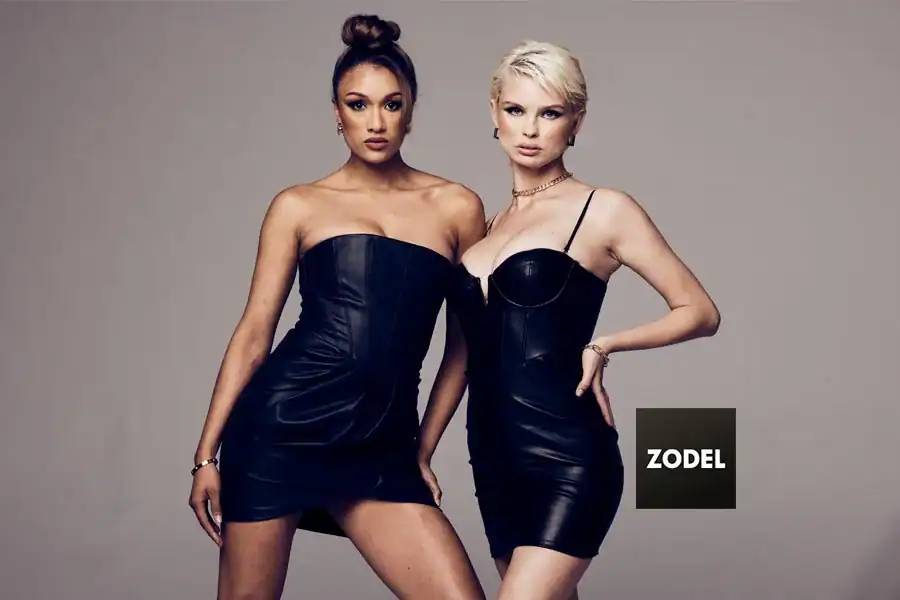Finding the right model for your project can feel overwhelming, especially if you’ve never done it before. Professional models work across many industries, from advertising campaigns to fashion shows, and the demand continues to grow each year.
This guide breaks down how to hire a model for a day into seven simple steps that will save you time, money, and stress. You’ll discover exactly what you need to know to make your next project a success.
Key Takeaways
Freelance models charge $50-$250 per hour while agency models cost around $100 per hour plus 20% agency fees.
Usage rights pricing ranges from 20-50% of base content fees, depending on where you plan to use the images.
Modeling websites like Zodel offer direct access to models without the hefty modeling agency fees. Zodel supports is there to navigate the hiring process and until job completion with fees as low as 5%
Written contracts must include payment terms, usage rights, cancellation policies, and specific deliverables to protect both parties legally.
Table of Contents
Clarify Your Modeling Needs
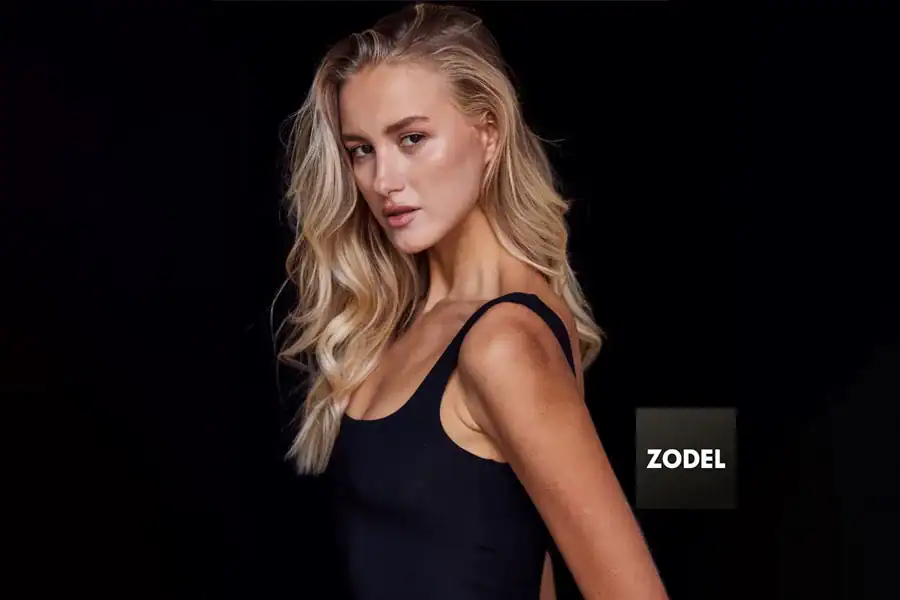
Before you start searching for the perfect model, you need to get crystal clear about what you actually need. This step saves you time, money, and headaches later—plus it helps you find someone who truly fits your vision and brand goals.
What types of modeling are available (fashion, commercial, events)?

Fashion modeling covers several specific areas that serve different purposes. Runway modeling typically requires women to be between 5’9″ and 6′ and men between 6′ and 6’3″, making it the most height-restrictive type.
E-commerce modeling focuses on showcasing clothing and accessories for online stores, while fit modeling helps brands test how garments look on real bodies. Fitness modeling promotes athletic wear and health products, requiring toned physiques.
Parts modeling highlights specific body areas like hands, feet, or hair for close-up shots. Art modeling involves posing for photographers, painters, or sculptors in creative settings.
Commercial modeling promotes products and brands with flexible height, size, and age requirements, making it accessible to amateur models and diverse body types. This category includes promotional modeling at trade shows and events, where male models and female models interact directly with customers.
A professional modeling agency can help match your specific project needs with the right freelance talent, whether you need children, adults, or specialized modeling skills.
Commercial modeling opens doors for people of all shapes, sizes, and ages to represent real consumers in advertising.
How do I choose the desired look and style?
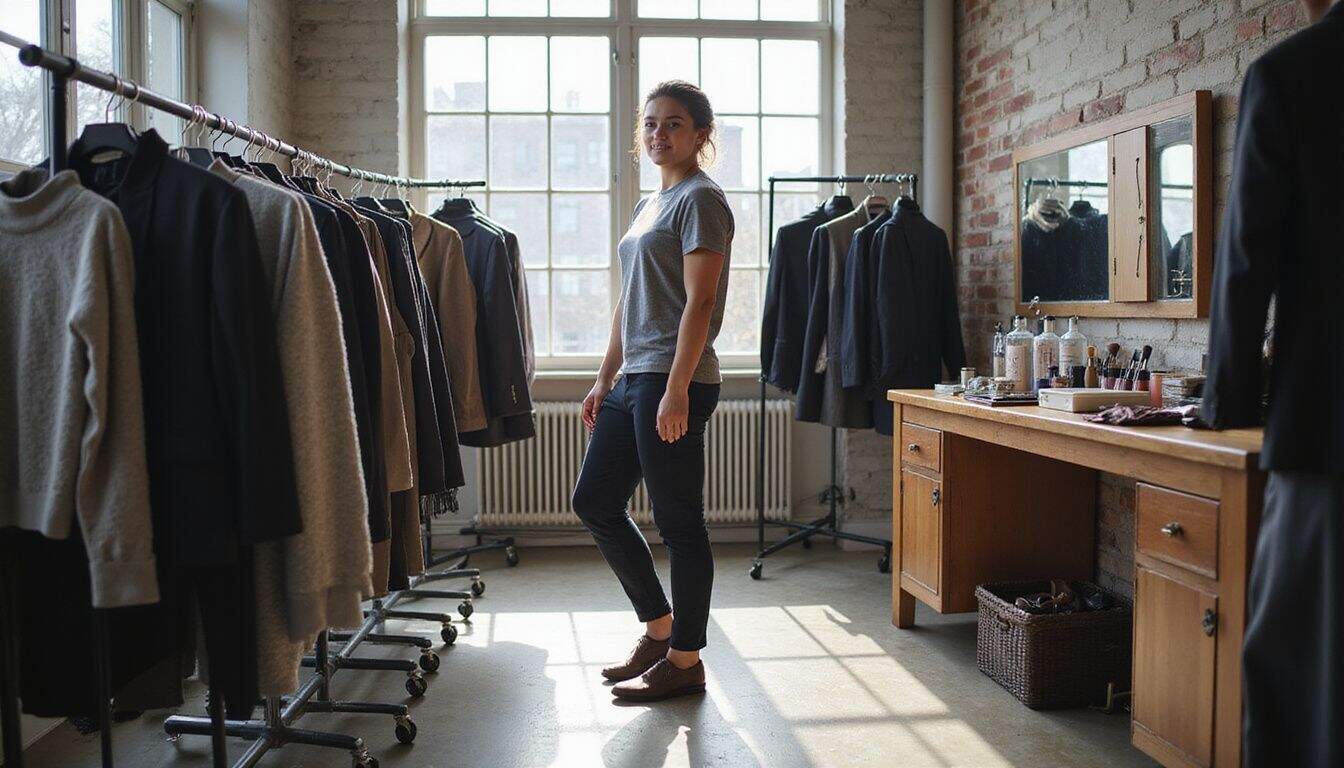
Choosing your desired look starts with identifying the type of shoot you need. Fitness shoots require athletic models with toned physiques, while fashion shoots demand versatile models who can showcase clothing effectively.
Corporate shoots call for professional-looking talent who can represent business brands with confidence. Lifestyle shoots need models who appear natural and relatable in everyday scenarios.
Each category has different model rates and requirements, so clarity helps you find the right freelancing talent within your budget.
Share reference images or mood boards to communicate your vision clearly. These visual guides show potential models exactly what style you’re after, from hair and makeup to poses and expressions.
Create a detailed brief that outlines wardrobe requirements, the overall aesthetic, and any specific skills needed. Consider factors like age range, body type, and ethnicity that align with your brand or project goals.
Private contractor models appreciate clear direction, and detailed briefs help avoid costly miscommunication during the actual shoot. Your project details should specify whether you need child models or adult talent for the best results.
What project details and skills should I specify?
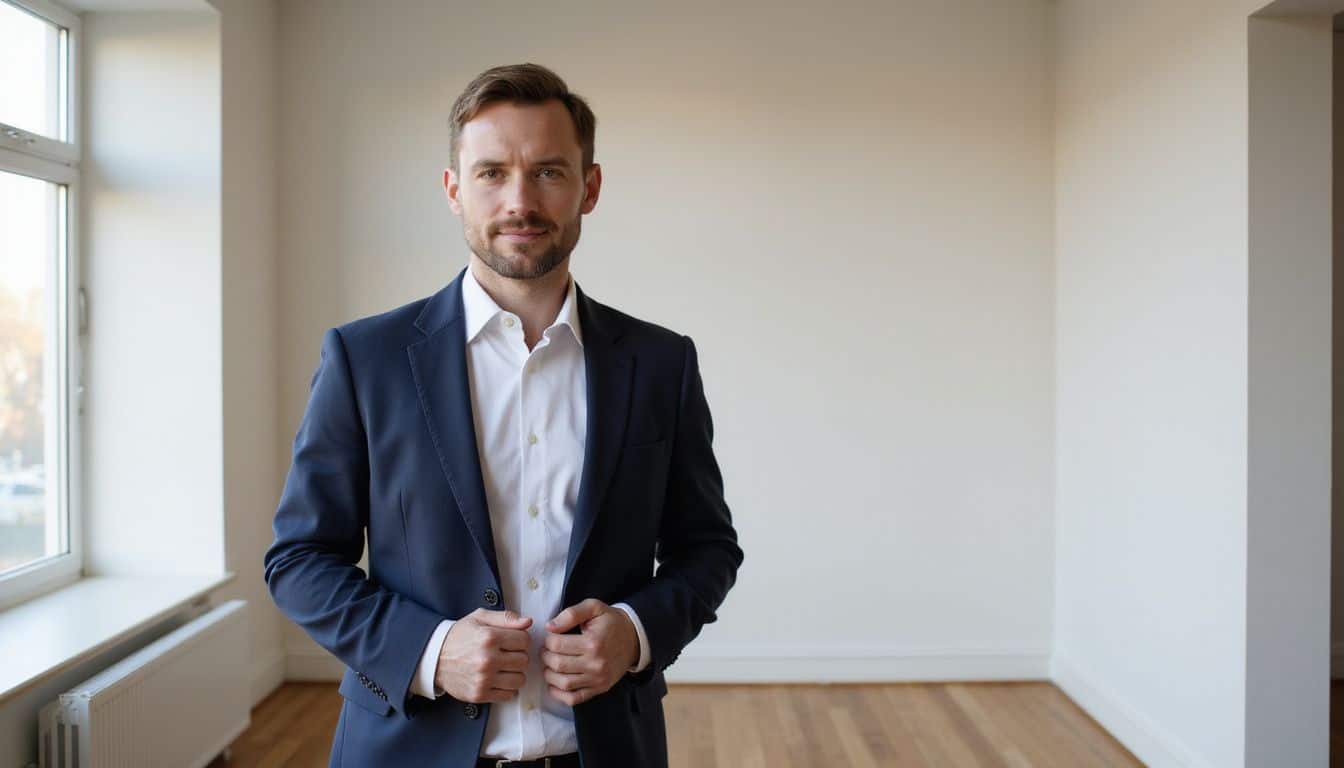
Project details make or break your modeling shoot. You need to specify the exact type of shoot, whether it’s fitness, fashion, lifestyle, or corporate work. Share your budget range upfront since pricing varies based on the model’s experience level and your specific requirements.
Include the shoot duration, location details, and any special skills needed like dancing, sports poses, or product demonstrations.
Your brief should cover the mood and theme you want to achieve. Describe the wardrobe requirements clearly, including whether you’ll provide clothes or if the model needs to bring specific outfits.
List any props or equipment the model should expect to work with. Many models charge different rates based on usage rights, so explain how you plan to use the images. From my experience working with various models, those who receive detailed briefs deliver much better results than those left guessing about expectations.
Clear communication about expenses like travel costs or subscription fee requirements for portfolio access helps avoid surprises later. You can hire models more effectively by providing comprehensive project details upfront.
Ways to Find Models

Finding the right model for your project doesn’t have to be complicated, and you have several solid options to explore. Smart hiring starts with knowing where to look, and the right approach can save you time while connecting you with talented professionals who offer great incentives for working with new clients.
How do modeling agencies work?

Modeling agencies act as middlemen between clients and models, handling all the booking details for you.
These agencies maintain extensive databases of talent, from fashion models to commercial performers, making your search much easier. They screen models, verify their credentials, and present you with pre-qualified options that match your specific needs.
Agencies charge higher fees than direct hiring because they provide extra services and guarantees. They handle contracts, insurance, and payment processing while ensuring models show up on time and prepared.
The agency staff will suggest suitable models and provide incentives like portfolio samples to help you make your decision.
Can I find models on social media platforms?
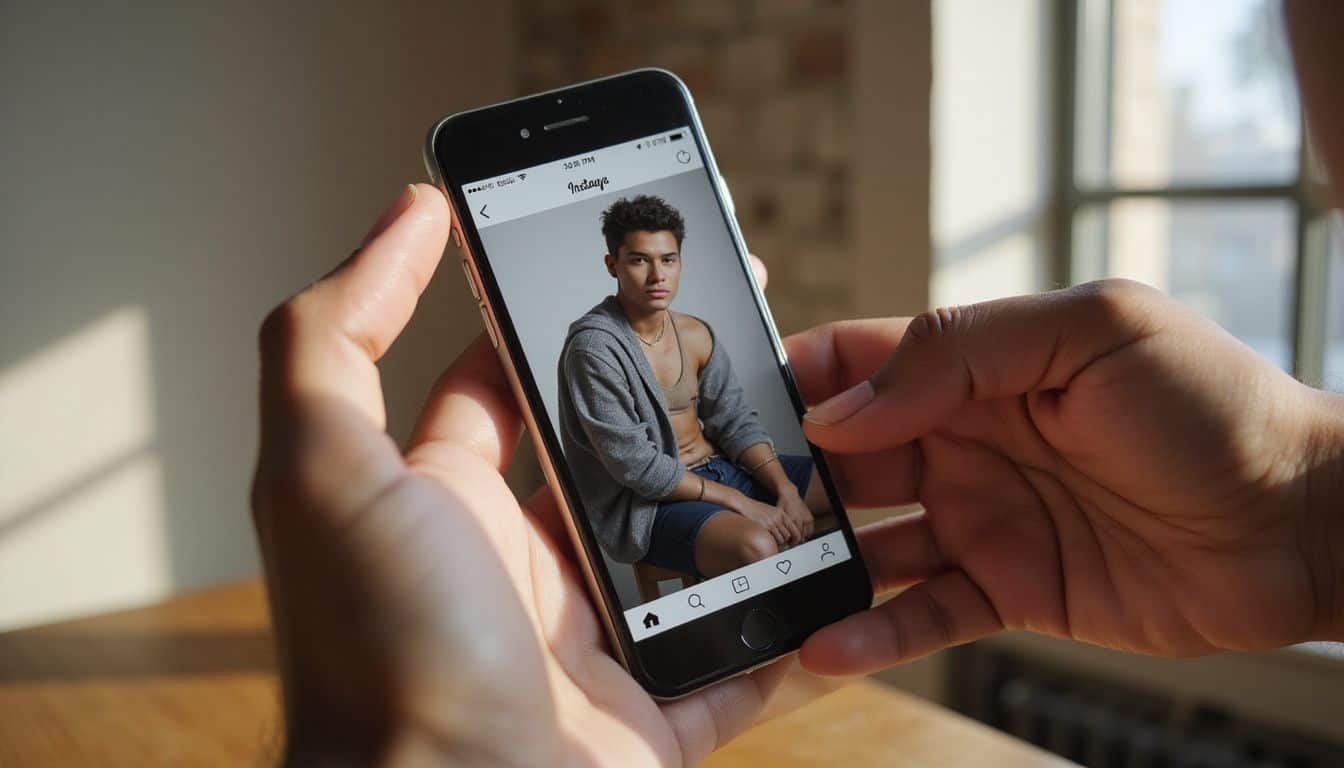
Social media platforms offer an excellent way to discover talented models for your project. Instagram stands out as the top choice, where you can search using local hashtags like #tampamodel to find nearby talent.
Facebook and Twitter also provide solid options for connecting with models in your area. These platforms let you view their photos, check their style, and see their personality before reaching out.
Social media has transformed how we connect with creative talent, making it easier than ever to find the perfect model for any project.
Start your search by browsing through model profiles and portfolios directly on these apps. Many models post their best work regularly, giving you a clear picture of their skills and look.
You can message them directly to discuss your project needs, rates, and availability. Most models respond quickly to professional inquiries, especially if you explain your vision clearly and show genuine interest in their work.
What are the best online casting websites?

Online casting platforms make finding models easier than ever. Upwork connects you with freelance models who showcase their portfolios and rates upfront. Fiverr offers quick access to models for smaller projects, with clear pricing and fast turnaround times.
These platforms let you browse profiles, read reviews, and compare options before making your choice.
How to Evaluate and Choose the Right Model

Finding the perfect model for your project requires careful evaluation of their experience, style, and professional track record… and knowing exactly what to look for can make or break your entire shoot.
How do I review portfolios and previous work?

Portfolios tell the real story of a model’s abilities. Look for variety in poses, expressions, and styling that shows adaptability to your brand’s vision. Strong portfolios display consistent quality across different shoots and demonstrate the model’s range.
Check if their previous work aligns with your project’s style, whether it’s commercial, fashion, or event modeling. Professional models maintain updated portfolios with high-resolution images that showcase their versatility.
Examine both the design portfolio and resume for a complete picture of their experience. Well-designed portfolios grab attention and effectively showcase skills through clean layouts and compelling image selection.
Pay attention to the brands they’ve worked with and the types of campaigns they’ve participated in. Models who regularly update their books show they’re active in the industry. Their social media presence can also reveal recent work and give you insight into their personality and professionalism.
What should I ask in interviews or auditions?

After reviewing a model’s portfolio, you need to conduct a thorough interview to assess their suitability. Smart questions help you understand both their personality and professional capabilities, ensuring they align with your project vision.
Start with common interview questions about their personality, interests, and availability. Ask about their modeling experience and what types of projects they enjoy most. Inquire about their comfort level with different poses, wardrobe changes, and working environments.
You should also explore their technical skills and knowledge of the modeling industry through more in-depth questions. Find out about their experience with photographers, lighting conditions, and various shoot scenarios.
Ask about their flexibility with scheduling, travel requirements, and any special skills they possess. Don’t forget to discuss the agency’s expectations and the types of projects they typically handle, as this information helps you gauge their professionalism and commitment level.
The right questions during an interview reveal not just a model’s experience, but their attitude and work ethic.
How can I check a model’s reliability through references?

Checking references helps you verify a model’s professionalism and work ethic before signing any contract. Contact previous clients directly to ask about the model’s punctuality, ability to follow directions, and overall performance during shoots.
Read online reviews and ratings from past projects to get a complete picture of their reliability. Most professional models will gladly provide contact information for recent clients, and those who hesitate might raise red flags about their track record.
Conduct brief phone interviews with the references to discuss specific details about working with the model. Ask about their communication skills, flexibility with last-minute changes, and whether they delivered what was promised.
I’ve found that reliable models often have worked on high-profile projects or passed through agency vetting processes, which adds another layer of credibility to their background. Models who consistently receive positive feedback from multiple sources typically prove dependable for your shoot day.
Setting clear rates and usage rights protects both you and the model from future disputes.
How to Negotiate Terms

Getting the right price and terms can make or break your modeling project… and it’s easier than you think. Smart negotiation protects your budget while ensuring the model feels valued, creating a win-win situation that sets the stage for a successful shoot.
What rates and usage rights should I discuss?

Freelance models charge $50 to $250 per hour, while agency models typically cost around $100 per hour plus a 20% agency fee. These base rates cover the model’s time during your shoot, but you’ll need to discuss usage rights separately.
Usage rights pricing ranges from 20% to 50% of the base content fee, depending on how you plan to use the images. Social media posts cost less than billboard advertisements or magazine spreads.
Clear usage agreements protect both you and the model from future misunderstandings about how the content can be used.
Exclusivity agreements warrant higher charges because models lose other opportunities during your project period. Specify exactly where you’ll use the photos: your website, Instagram, print materials, or commercial advertising.
Duration matters too, so discuss whether you need rights for six months, one year, or indefinitely. I learned this lesson the hard way when a client wanted to use photos beyond our original agreement, and we had to renegotiate terms after the fact.
Smart planning saves money and prevents awkward conversations later.
How do I agree on the schedule and deliverables?

After you settle on compensation and usage terms, the next step involves nailing down specific timing and expectations. Establish a clear schedule for the model’s availability and planned shooting dates right from the start.
This prevents last-minute conflicts and ensures everyone stays on the same page.
Start by discussing your preferred shoot dates and backup options. Ask about the model’s current bookings and any potential scheduling conflicts. Most professional models maintain busy calendars, so flexibility helps secure your preferred talent.
Discuss and agree upon deliverables, including the number of photos and specific shots required for your project. Be specific about what you need: headshots, full-body images, lifestyle poses, or product demonstrations.
I learned this lesson the hard way during my first commercial shoot when vague expectations led to missing key shots we desperately needed for our campaign. Create a written contract detailing all terms, including compensation rates and usage rights, plus these scheduling details.
Clarify the model’s preparation requirements, such as wardrobe, hair, and makeup responsibilities. Some models arrive camera-ready, while others expect you to provide styling services.
Develop a logistics plan for the day of the shoot, including arrival times and duration. Factor in setup time, breaks, and potential overtime if the session runs long.
How to Formalize the Agreement

A solid contract protects both you and your model from misunderstandings and disputes. This written agreement should cover payment terms, usage rights, cancellation policies, and what happens if someone needs to reschedule the shoot.
What should be included in the contract?

Your modeling contract needs specific elements to protect both parties. Start with clear identification of everyone involved, including your name, the model’s full name, and any agency details.
List exactly what you expect from the shoot, like the number of photos, poses required, and final image formats. Include the exact date, start time, end time, and location details.
Payment terms deserve careful attention in your agreement. Specify the total fee, payment method (cash, check, or digital transfer), and when payment occurs. Many photographers pay half upfront and half after delivery.
Add penalty clauses for late payments or cancellations within 24 hours. Cover usage rights clearly, stating where you can use the images (social media, website, print materials). This prevents future disputes about how you share or sell the photos.
How do I draft and sign a contract?
Creating a solid contract protects both you and your model from misunderstandings. Start by identifying the parties involved with full names and specified roles, such as “Jane Smith, Client” and “Sarah Johnson, Model.” Determine the purpose of the contract, including goals and relevant details like the type of shoot, location, and expected deliverables.
Include essential elements like payment terms, usage rights, cancellation policies, and what happens if someone gets sick or the weather doesn’t cooperate.
Draft the agreement using simple language that both parties can understand easily. Many online templates exist, but customize yours to fit your specific project needs. Cover wardrobe requirements, makeup responsibilities, and who provides props or equipment.
Once you’ve written everything out, review it together with your model before anyone signs. Finalize the contract with all parties’ signatures, and make sure each person gets a copy.
I learned this lesson the hard way when a model showed up expecting different pay than what we discussed verbally, so now I always put everything in writing first.
How to Prepare for the Modeling Day
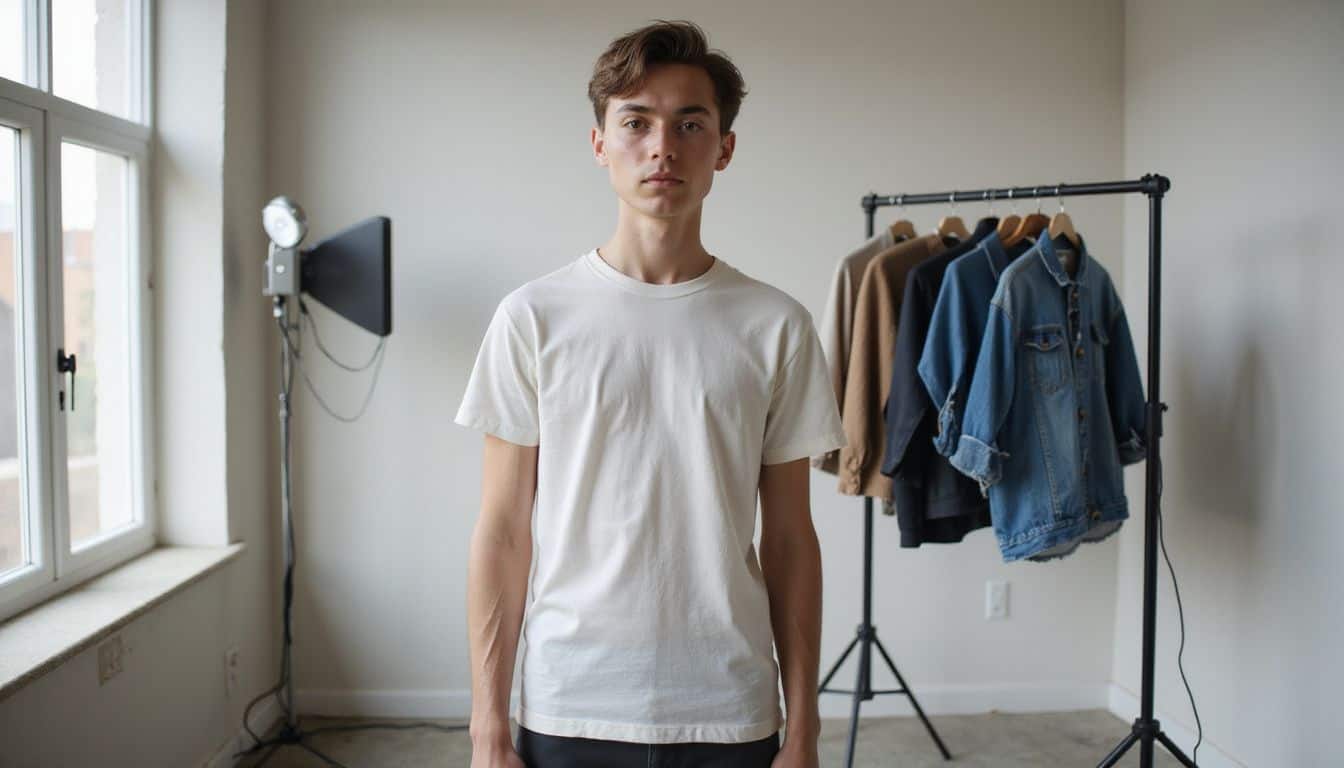
Getting ready for your modeling shoot requires careful planning and attention to detail. You’ll need to coordinate everything from the location setup to wardrobe choices, ensuring your photographer has all the equipment ready and your timeline runs smoothly throughout the day.
How do I finalize location and setup?
Location scouting requires careful planning weeks before your shoot date. Visit potential spots during the same time of day you plan to photograph, checking lighting conditions and background elements.
Secure permits for public spaces, confirm power outlet availability, and test your equipment setup. Communication between models, agencies, and clients is key to ensure smooth operations on the day of the shoot, so share detailed location maps and parking instructions with everyone involved.
Setup logistics demand attention to practical details that make or break your session. Arrange backup indoor spaces for weather emergencies, and create a timeline that includes setup, shooting blocks, and breakdown periods.
Understanding the roles of different team members, including photographers and stylists, is vital for a cohesive shoot, so assign specific responsibilities for equipment transport, wardrobe organization, and prop management.
Essential preparations include understanding the shoot schedule and location logistics, which means confirming arrival times, designating changing areas, and establishing clear communication channels for the entire crew.
What wardrobe, props, and equipment are needed?
Essential clothing items form the backbone of any successful modeling shoot. Simple T-shirts, crop tops, and tank tops provide versatile foundation pieces that work across different concepts.
Denim or leather jackets add texture and style options, while fitted and loose pants in neutral colors offer flexibility for various poses and themes. These wardrobe staples allow you to adapt quickly to different creative directions throughout the day.
Hair products deserve special attention in your preparation checklist. Hairspray keeps styles in place during long shooting sessions, while bobby pins and hair ties enable last-minute styling adjustments.
Jewelry options should include both long earrings and studs, though you’ll want to confirm preferences with the photographer beforehand. Props depend entirely on your project’s concept, ranging from simple accessories to elaborate themed items.
Professional lighting equipment, cameras, and backup batteries ensure technical success, while comfortable seating and refreshments keep everyone energized. For projects requiring specialized photography considerations for intimate modeling work, additional privacy measures and specific wardrobe coordination become crucial elements.
Planning the day’s schedule requires careful coordination of all these elements to maximize your investment.
How do I plan the day’s schedule?
Planning your shoot schedule requires careful timing and realistic expectations. Start by blocking out 8-10 hours for a full day session, factoring in setup time, breaks, and potential delays.
Create a detailed timeline that includes arrival times, makeup and hair sessions, wardrobe changes, and actual shooting periods. Build in 15-minute breaks every two hours to keep everyone fresh and focused.
Smart scheduling means preparing for the unexpected while keeping your model comfortable throughout the long day. Arrange for your model to arrive makeup-free with natural hair on show day, as this gives your makeup artist a clean canvas to work with.
Pack plenty of snacks to keep everyone nourished during the extended session, since hunger can quickly drain energy and affect performance. Block out specific times for networking opportunities with hairstylists, makeup artists, and designers, as these connections often lead to future collaborations and career growth for everyone involved.
How Will Model Hiring and the Industry Evolve in 2025?

Technology will reshape how you hire models in 2025. Remote interviews and virtual casting calls will become the standard, making it easier to connect with talent from anywhere. Video platforms will let you see models in action without scheduling in-person meetings.
Digital portfolios will replace physical books, giving you instant access to a model’s complete work history. Social media screening tools will help you verify a model’s professionalism and online presence before making decisions.
Professional standards will get stricter across the industry. Written contracts detailing all terms, conditions, and responsibilities will become standard practice for every job. Clear communication regarding compensation rates and usage rights will remain critical in the hiring process.
Model hiring will prioritize verifying a model’s experience and professionalism through interviews and reference checks. Location scouting will be essential to ensure photoshoot venues meet project requirements, while organizing wardrobe items and props beforehand will enhance preparation for photoshoots.
These changes will protect both you and the models you hire.
People Also Ask
What are the essential steps to hire a model for a day?
The seven essential steps include defining your project needs, setting a clear budget, researching talent agencies or freelance platforms, reviewing portfolios and experience, conducting interviews or castings, negotiating contracts and rates, and finalizing all logistics before the shoot day.
How much does it cost to hire a model for one day?
Daily rates vary widely based on the model’s experience, location, and project type. New models might charge $100-300 per day, while experienced professionals can cost $500-2000 or more.
Where can I find models to hire for my project?
You can find models through talent agencies, online casting platforms, social media networks, or freelance websites. Many photographers also maintain networks of reliable models they can recommend.
What should I include in a model hiring contract?
Your contract should specify the shoot duration, payment terms, usage rights for images, wardrobe requirements, and cancellation policies. Always include details about the project scope and any special requirements or restrictions.
References
https://www.mymodelreality.com/post/types-of-modeling (2023-04-10)
https://www.pocketcreatives.co.uk/how-to-hire-a-model/ (2025-01-27)
https://fstoppers.com/commercial/guide-working-modeling-agencies-part-1-2523 (2013-08-15)
https://medium.com/@winny_foto/how-to-find-models-for-your-photoshoots-af88919bf24e
https://www.lemon8-app.com/@chanellerenee_/7489538379105763883?region=sg
https://www.lemon8-app.com/experience/modling-casting?region=us (2025-07-10)
https://library.gv.com/hiring-a-product-designer-how-to-review-portfolios-8a161746d3c4
https://www.indeed.com/career-advice/interviewing/modeling-interview
https://www.numberanalytics.com/blog/essential-model-diagnostics-steps (2025-03-18)
https://impact.com/influencer/how-much-to-charge-for-usage-rights-influencer/
https://ironcladapp.com/journal/contract-process/contract-negotiation/
https://qwilr.com/blog/how-to-write-a-contract/ (2024-11-18)
https://www.fillhq.com/blog/contract-drafting/
https://www.mymodelreality.com/post/runway-show-prep-1 (2023-09-18)
https://glamobserver.com/how-to-get-a-job-in-fashion-in-2025/
